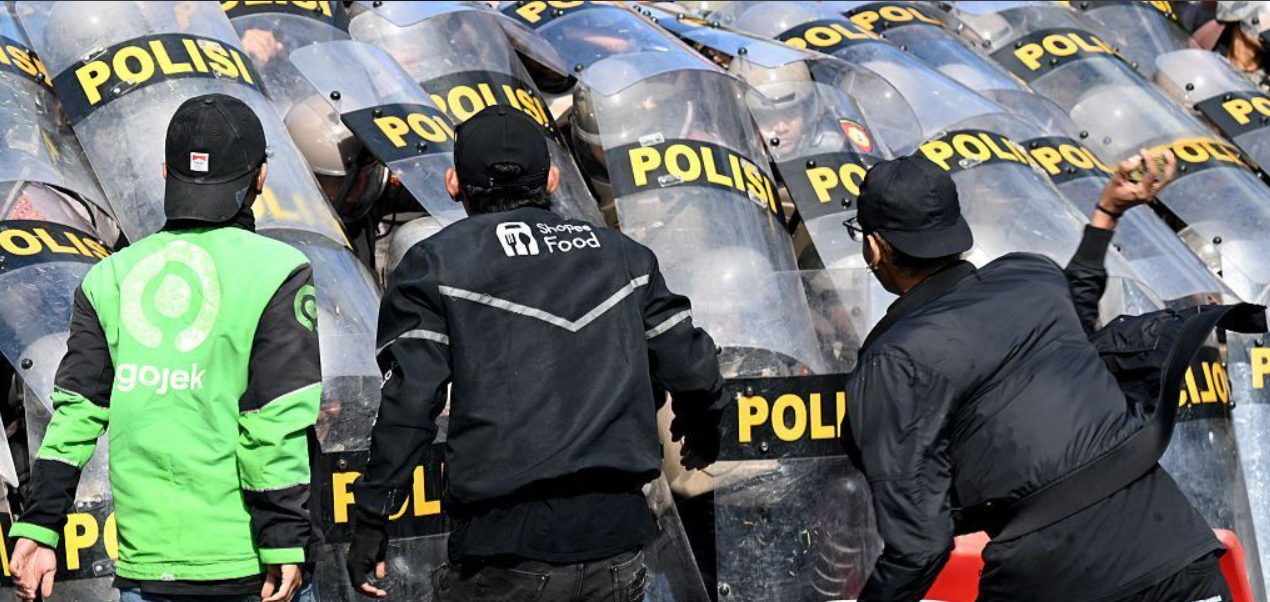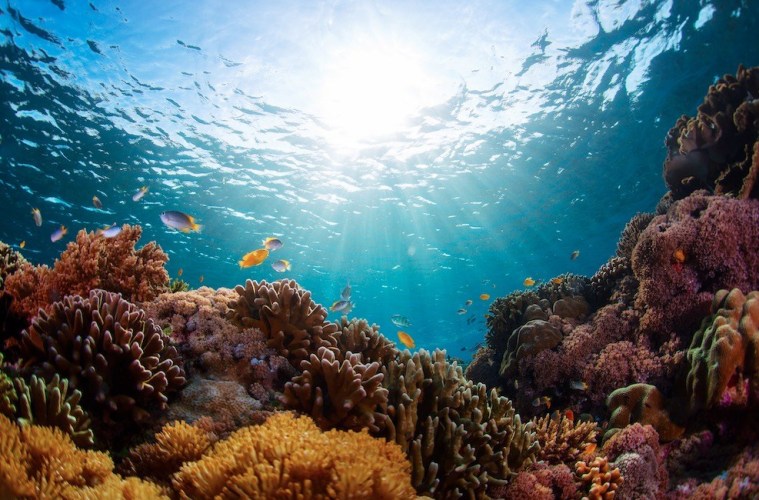It is believed that Bali’s first inhabitants came from China at the beginning of the Iron Age, around 3,000 BC. Some Buddhist inscriptions date from the 9th century AD; it was only in the 11th century that Hindu influence from Java began to make its mark on the island. The 13th century saw the emergence of the Majapahit dynasty that ruled over Java and Bali for the next three centuries.
At the end of this era, chased by the arrival of Islam, the Javanese aristocracy and its priests and artisans fled to Bali. Bali then entered an intense period of cultural development, the main traits of which are to be found today in the caste system, the rituals, and certain artistic styles.
The first Dutch seamen landed in Bali in 1597. Starting in 1800 in the north of Bali, the Dutch began a long and troubled campaign to colonize the island. Their efforts climaxed with the collective suicide of 14 September 1906, when 4,000 Balinese killed themselves rather than capitulate. Dutch colonization lasted until World War II, when they were ousted by Japanese forces.
The Japanese occupation lasted from 1942 to 1945. 0n 17 August 1945, Sukarno, the first President of the Republic of Indonesia, proclaimed independence. After the end of World War II, however, the Dutch tried to re-assert their colonial control over Bali and Indonesia. At the battle of Marga (Bali) in 1946, the Dutch faced a group of 94 Balinese soldiers led by Lt. Col. I Gusti Ngurah Rai, all of whom died refusing to surrender. In 1949, the Dutch finally relinquished their claims on Indonesia.














